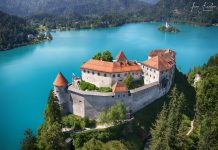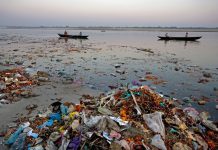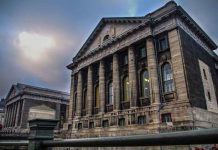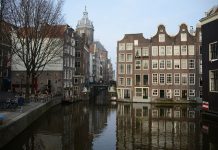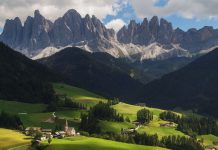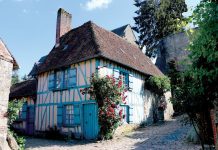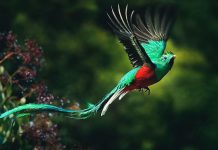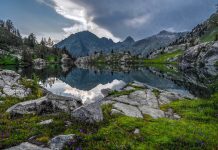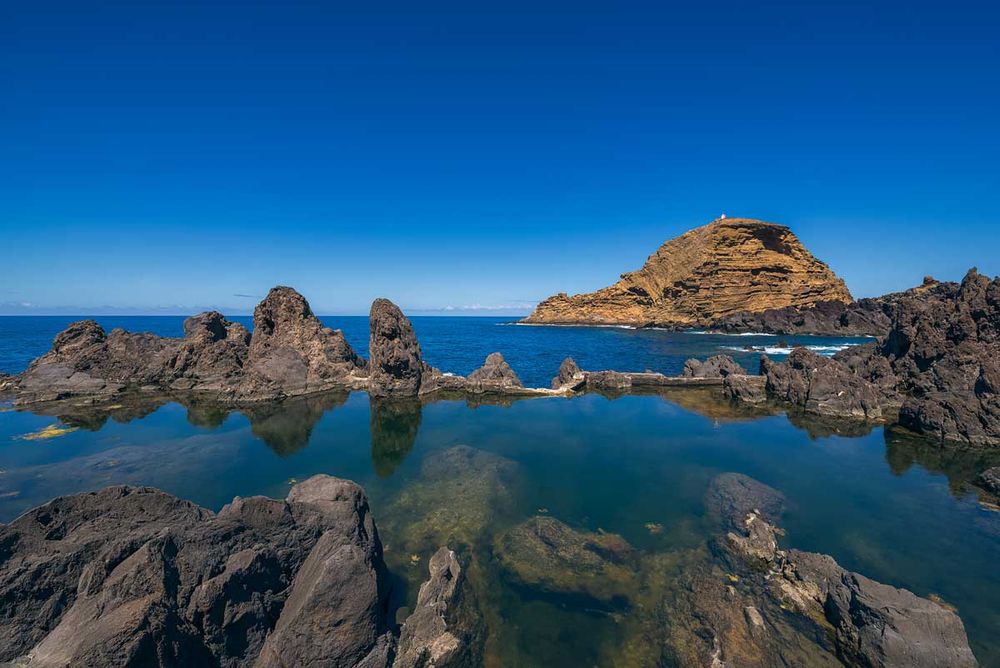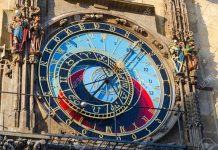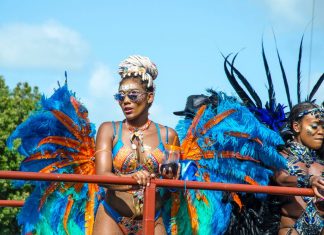Between the verdant hills and the blue ocean, Madeira lies 621 miles southwest of Lisbon and 497 miles from the coast of Africa, offering the delights of a subtropical climate.
An archipelago of volcanic origin, discovered in 1419 by Portuguese navigators, it consists of the island of Madeira (the largest and more populated, with its capital in Funchal), the island of Porto Santo, and two groups of uninhabited islands: the Desertas and the Selvagens (bird sanctuaries).
The island’s exceptional climate (between 16°C and 25°C – 61°F and 76°F) and legendary natural beauty have made this a chosen destination.
An international airport provides an easy connection between the main island and the continent. On their own, the meandering roads in Madeira (stage for a highly competitive rally) are a sight to see, as one wanders amongst trees, belvederes and waterfalls. Approached by ship, Madeira offers an unforgettable sight: the mountains dropping straight onto the valleys, the dense vegetation growing on mountain terraces, split by steep cliffs and dotted with white houses.
The beautiful assortment of flowers and tropical fruits, mild temperature of the ocean water and natural pools, a wealthy cultural heritage, luxurious hotels and Funchal’s cosmopolitan life (bars, discotheques and casino) are but a few of the available charms found here.
“Madeira” is also a synonym for the renowned hearty wine, which has been spreading its name and the taste of its home island worldwide.
Places of interest
Câmara de Lobos
The fishing port, with its colourful boats, is one of the sights which Winston Churchill had from his terrace when he dedicated himself to painting back in the 1950’s. Most important monuments: mother-church of São Sebastião (16th century), Nossa Senhora do Calhau Chapel (15th century) and São Bernardino Convento (15th, 18th and 19th centuries). In the suburbs, Cabo Girão and Estreito de Câmara dos Lobos, Madeira wine production centre.
Curral das Freiras
Situated in the crater of an extinct volcano, this village, in the island’s deepest valley, has kept its Santa Clara Convent (16th century), where nuns used to hide from the pirates who regularly pillaged Madeira.
Funchal
The island’s capital, with manors and gardens that descend into the ocean, evokes a natural Nativity scene. Numerous examples of religious architecture: the Cathedral (15th century), with its Manueline pulpit; the churches of Carmo (17th century); Santa Maria Maior (Baroque façade, 16th-17th centuries), São Paulo (15th century), São Pedro, with its beautiful tiles (16th, 18th and 19th centuries), São Roque (18th century), Colégio, with its tiles and Baroque gilded carvings (17th century), Monte (18th century); Santa Clara Convent (15th century, and its 18th century tiles), Recolhimento do Bom Jesus (17th century). One may also visit the chapels of Santa Catarina (15th-17th-centuries), Corpo Santo (15th-17th-centuries) and Consolação (16th-19th-centuries). Special reference to the following civic architecture buildings: Paços do Concelho (18th-century), Customs’ Building, Palace-Fortress of São Lourenço (16th-century) and the forts of Pico and São Tiago (17th-18th-centuries). Most importante museums: Sacred Art (Flemish and Portuguese 16th-century art, gold objects and collection of statues), Quinta das Cruzes (furniture and decorative arts), Vicentes Photographia Museum (19th-century photo studio), and Frederico Freitas (dwelling-museum). You can also visit gardens (particulary the Botanical Gardens) and farms (where one can even take a tour on a typical bull cart). Also available to visit the Madeira wine lodges.
Machico
In this seaside historic town, visit the mother-church (15th century, beautiful paintings and tile works); the Chapel of Nossa Senhora dos Milagres, São Roque fountain and the forts of Nossa Senhora do Amparo and São João Baptista (17th century).
Terreiro da Luta
Next to the Monte Church, this belvedere, which overlooks Funchal, is also the departure point to an unforgettable experience: a “toboggan” ride in a wheelless vehicle, expertly driven by two men down the steep slope to the capital.
Porto Moniz
On the coast and famous for its natural pools in volcanic reefs. If you continue on to São Vicente, you will be dazzled by the beauty of the road along the ocean, driving along abysses, tunnels and waterfalls.
Santana
Picturesque village where you will find enchanting cottages with pointed thatched roofs. Walking trips up to Cova da Roda, Queimadas and Pico Ruivo (Madeira’s highest point, with 6118 ft high, offering breathtaking views).
Other places of interest
Cabo Girão, Calheta, Camacha (handicrafts), Pico do Areeiro, Paul da Serra (with 25 waterfalls, the highest being approximately 328 ft high), Ribeira Brava, Santa Cruz, Santo António da Serra (golf), São Jorge and São Vicente.
Porto Santo island
With its 5.5 miles of white sandy beaches, the centre of this paradise-like island is Vila Baleeira. Worthwhile visiting: Christopher Columbus’ house (15th century), mother-church (15th century), São José Fort (18th century). Other points of interest: Ponta da Calheta, Pico da Atalaia, Pico do Castelo and Pico do Facho.
Local gastronomy
- Sword-fish and seafood
- Espetadas (meat on laurel spits)
- Tuna fish steaks
- Fried corn
- Honey cake
- Madeira wines: verdelho, malmsey, bual, and others Liqueurs
Handicrafts
- Embroideries and tapestries
- Wicker and broom works (baskets and furniture)
- Red-rimmed leather boots

